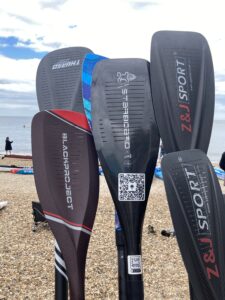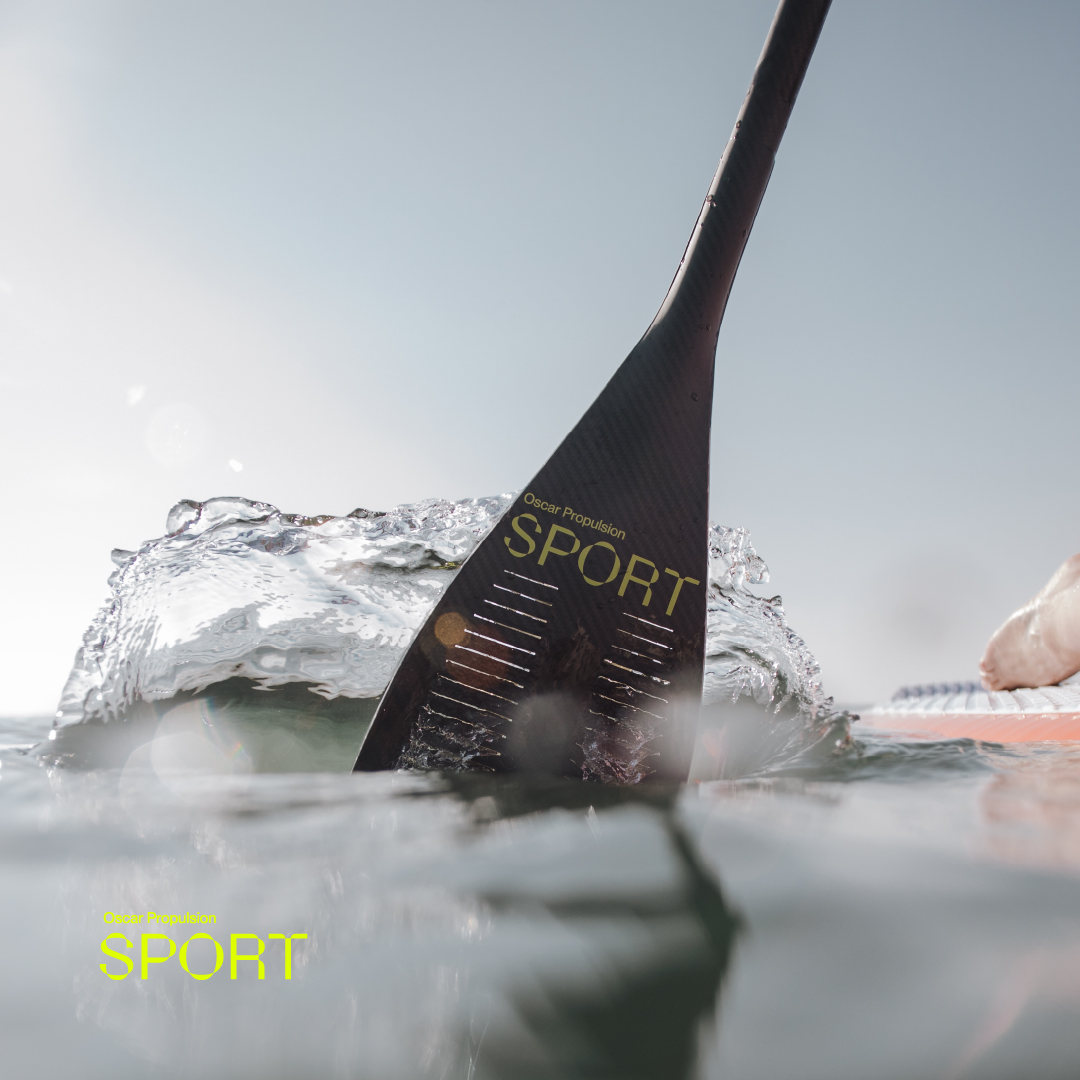Pressure Difference
When a paddle blade moves through water, it creates a pressure difference between the front and the back of the blade. The front experiences high pressure due to the resistance against the water, while the back experiences low pressure due to the relative vacuum created as the water flows past the blade. This pressure difference generates a driving force that propels the board forward.
A greater pressure difference generally results in a stronger driving force.
Flow Dynamics of Cut Blades
The cuts in the blade allow a controlled amount of water to flow through the blade rather than being pushed around it. This flow through the cuts modifies the wake and turbulence patterns behind the blade, which helps in maintaining a more stable pressure difference.
As water passes through the narrow cuts, there is a pressure drop due to the constriction. This is a natural consequence of fluid dynamics, where the velocity of the fluid increases as it passes through a narrow opening, leading to a reduction in pressure (Bernoulli’s principle).
The key to efficient propulsion is maintaining a high-pressure zone on the front and a stable low-pressure zone on the back. The cuts are designed to ensure that the pressure differential remains optimal for propulsion.
By allowing water to pass through, the cuts reduce the formation of large vortices and turbulence behind the blade. This reduction in turbulence means that the low-pressure area behind the blade remains more consistent, helping maintain the pressure difference and reduce wasted energy.
Next week we will discuss how cut blades reduce the physiological impact on the user’s body.
We will be at the GBSUP British National Championships at Bewl Water this Sunday. Come and find us and try a paddle. Thank you and see you there. https://www.gbsup.co.uk/
If you would like to learn more about the Oscar Propulsion Cut Blade Technology or would like to know where to try or buy one, please email sport@oscarpropulsion.com

